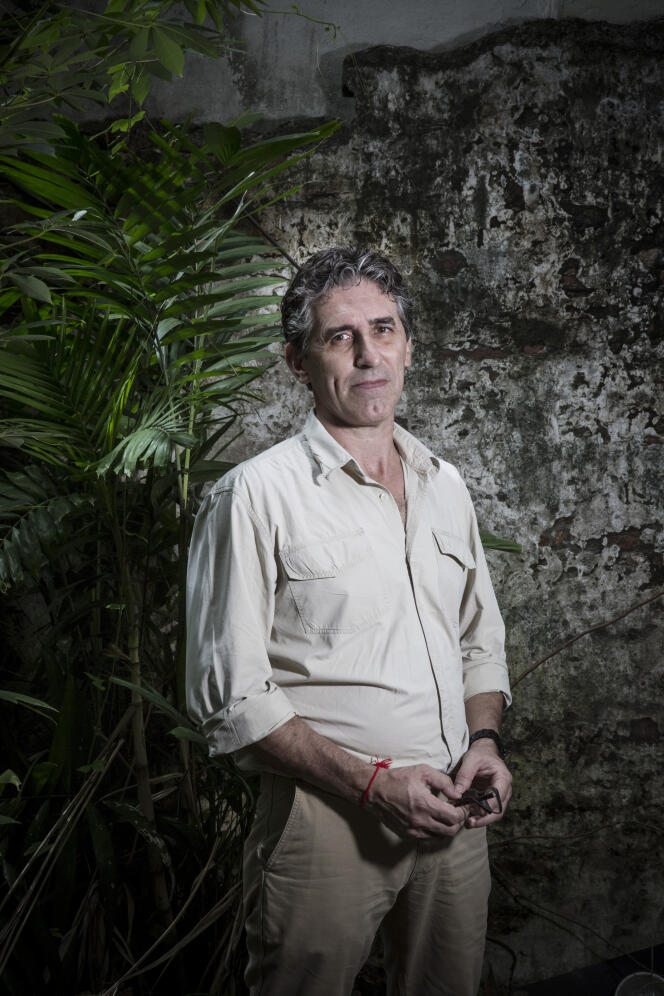Christophe Potier, archaeologist: “Angkor must have been like a big garden”


Architect, archaeologist, lecturer at the French School of the Far East (EFEO), Christophe Pothier, since 1992, has worked at Angkor for eighteen years, especially on restoration programs and mapping of this gigantic site. Now head of the EFEO Center in Chiang Mai, Thailand, he is still involved in research projects in Angkor.
We talk a lot about the Great Angkorian period between the 9the and XVe century, but archeology has shown that this place had a greater historical depth…
In addition to being occupied in prehistoric times, the site of Angkor was used for at least two thousand five hundred and three thousand years: in 2004 and 2005, a Bronze Age necropolis was found, and about twenty years ago, I also excavated iron. The ancient necropolis, which is about two thousand years old. The first Brahmanical and Buddhist installations in the region were made by Ve century and, very quickly, the first capital that did not last was founded in Angkor in the 6th centurye century. Therefore, there are traces that show that Angkor was already the capital after the 6th centurye century and that it will remain so almost until the 16th centurye century. Thus we have about a thousand years of human occupation and urban occupation associated with monumental features.
The site has been the subject of many studies over the past three decades. What are the main lessons?
What has really changed is the view of the scale of Angkor, its complexity and the nature of the archaeological elements. mapping, study of hydraulic networks and lidar studies in the last ten years [Laser Imaging Detection and Ranging, une technique de télédétection par aéronef qui révèle les structures anthropiques en déshabillant le sol de sa végétation] It allowed Angkorian archeology to go beyond the study of monuments and temples to which it had been confined since its inception in the 19th century.e century.
We were able to show that the urban reality in Angkor goes beyond its boundaries. There are concentrations of ponds, medians, roads, canals occupying 30 to 40 square kilometers. In addition, our map covers more than 1000 square kilometers, and we see a significant number of temples, not necessarily monumental: much more modest village temples, which were built not from durable materials, but from wood. The only remains consist of a stone plinth and some brick pavements. But 99% of temples are just that: small sanctuaries spread over a very large area, with a density of almost one sanctum per square kilometer.
Source: Le Monde
Leave a Reply